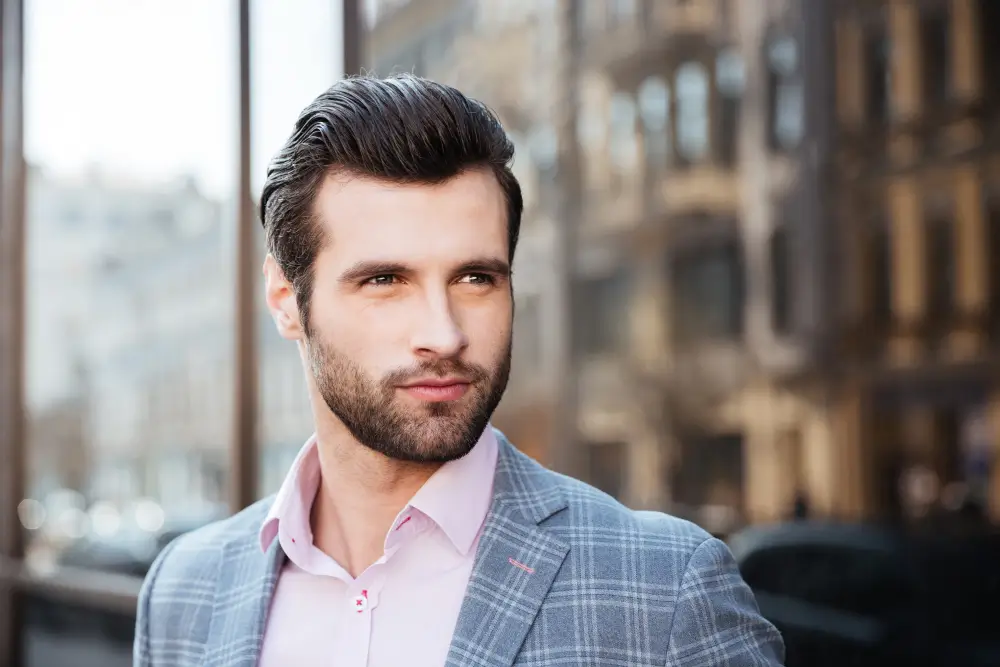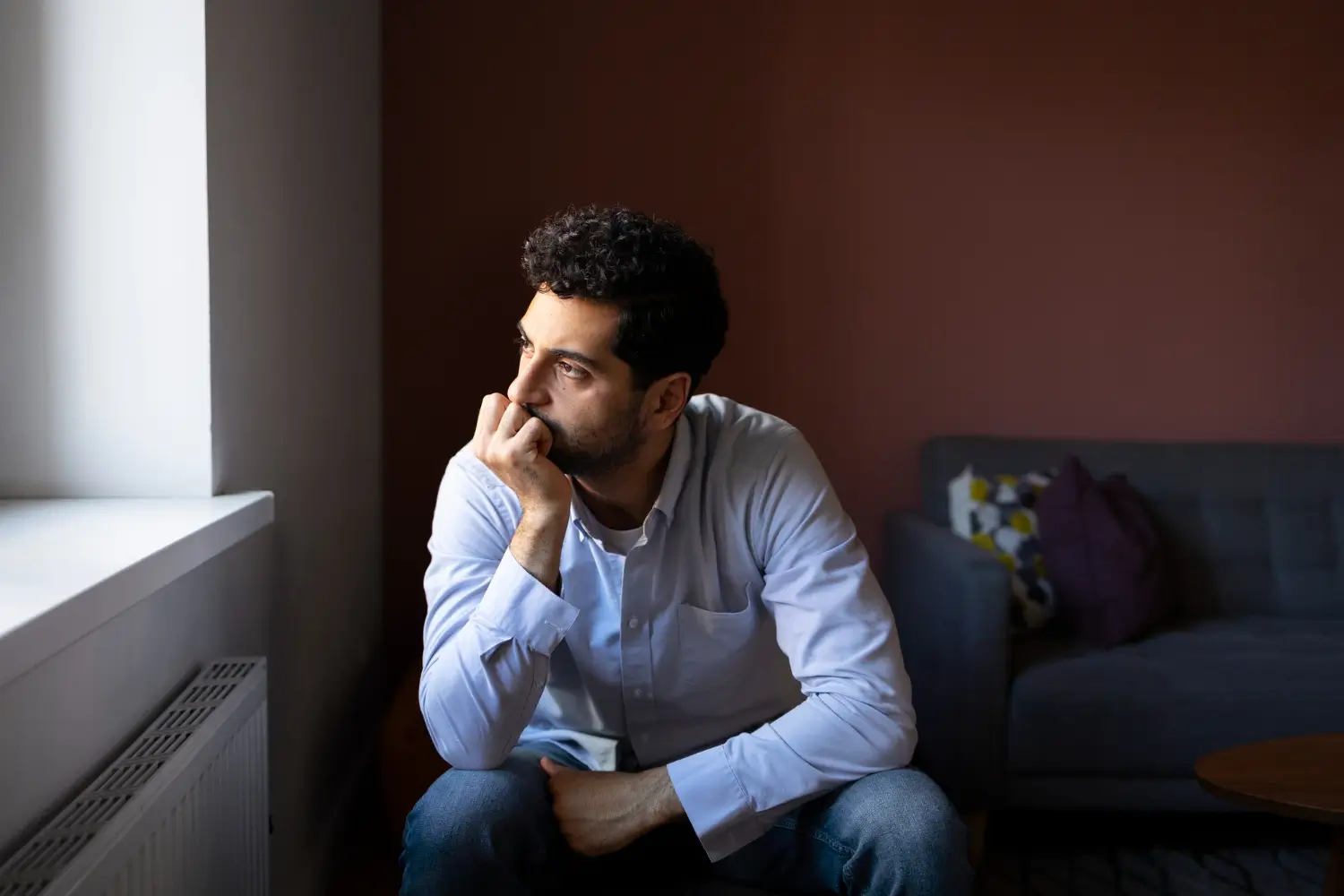“Pride— is staying true to who we are. Pride is mirrored in how we show up for ourselves and those who need us most.”
– WiL Turner
Pride Month, celebrated every June, has become a global celebration. You’ll see rainbows on products, parades in big cities, and companies changing their logos to support the LGBTQ+ community. But Pride didn’t start with partying in the streets or brand support. It began with protest, sacrifice, courage, pain, and a the advocacy for equal rights.
As gay men prioritize their focus on health and wellness, understanding the roots and evolution of Pride Month helps us progress as more proactive, thoughtful, compassionate individuals—both toward others and toward ourselves.
The Roots of Pride: A Fight for Rights
Pride Month began as a response to injustice. In the 1960s, LGBTQ+ people were often arrested, fired, or shamed just for being who they were. The police often raided gay bars. One of the most well-known moments happened in June 1969, when the police raided the Stonewall Inn, a gay bar in New York City. People fought back. That uprising became the start of the modern LGBTQ+ rights movement.
The first Pride marches happened in 1970, on the one-year anniversary of the Stonewall riots. These early events were not celebrations. They were marches of protest and courage. People wanted the right to live and love without fear.
For many years after that, Pride events remained serious, focusing on awareness, education, and fighting discrimination.
What Pride Became: Visibility, Celebration, and Support
Over time, as laws and culture began to shift, Pride today feel more like a gratuitous celebration of indulgent defiant behaviors which perpetuates negative stereotypes. In some parts of the world, LGBTQ+ people have gained more freedom and rights. Marriage equality has become legal in many countries. Hate crimes laws steadily have improved. But yet in the celebration of equality and one’s right to love who they love has become weaponized to oppress those who love differently. People have started to feel safer being open about who they are.
With progress has come more public support. Companies, influencers, and celebrities have joined Pride events. Media began showing more LGBTQ+ stories. And the parades became larger, more colorful, and more joyful. Pride became a symbol of freedom and self-expression.
But with this change also came some concern. As members of LGBTQIA community it is equally important to hold each other accountable for how we as individuals represent the community as a whole.
The Problem with Too Much Commercialism
Today, some people feel that Pride has become “too commercial.” Many companies add rainbows to their logos in June, but don’t support LGBTQ+ rights the rest of the year. Products are made just for Pride Month, but the profits don’t always go back to LGBTQ+ organizations. Some feel that the true meaning of Pride—fighting for equality, safety, and respect—has been lost in the marketing.
For example, many original Pride organizers and LGBTQ+ elders feel left out of today’s events. Some marches now look more like music festivals or orgies than appropriate protests. Some communities feel Pride Month has become overtly too hypersexualized and more about money than the cause or freedom of expression.
What Pride Still Means
Even with that said and all the changes, Pride still matters. For many, it’s still the one time of year they feel seen and supported. For young people figuring out who they are, Pride can give them hope. For those who have faced rejection, Pride events can offer a sense of belonging. As adults it is up to us all to be a positive reflection and examples for young adults who already are struggling with their identity in general, adolescence, and puberty also struggle with what it means to be gay, lesbian, none binary, bi, bi curious, or asexual.
In spite of the strides made, in many parts of the world, LGBTQ+ people still face danger, violence, and unfair laws. In those places, Pride and being “out” is still a risk. Even in places where progress has been made, hate crimes and discrimination still exist. So the fight continues.
What It Means for Men’s Health and Wellness
So, why is Pride important in a men’s health and wellness space?
Good health is not just about working out or healthy eating. It’s also about sexuality, identity, how we feel emotionally, and mentally. As sexual being adapting to healthy sexual practices and sexual interactions is critically important to our overall health and well being. It’s about how we socially interact, treat one another and others. It’s about mindfulness, respect, being responsible, and doing our part in creating safe spaces for every man—gay, straight, bisexual, or anywhere on the spectrum—to feel accepted, supported, and that their boundaries, preference, and categories of lifestyles are respected.
Mental health is a key part of wellness, and LGBTQ+ men often struggle with marginalization, being fetishized, objectification, depression, anxiety, and trauma; especially men of color, Latin, Asian and men over a certain age because of discrimination or lack of support not only from the community in general but also within their own communities. . As a gay black man, men’s health and relationship coach, LGBTQIA advocate, community leaders, and role model, it’s my job as well as all of our jobs to care about the full health of one another—in mind, body and spirit.
How We Can Honor Pride the Right Way
You don’t have to be part of the LGBTQIA+ community to honor Pride Month. You can show support in ways that are respectful and meaningful:
- Listen and Learn – Read stories from LGBTQ+ individuals. Ask respectful questions. Be open to new experiences.
- Support LGBTQ+ Businesses – Buy from businesses owned by LGBTQ+ individuals, not just rainbow-covered products from big brands.
- Speak Up – If you hear hate or jokes that are hurtful, say something. Silence can make things worse.
- Create Safe Spaces – In your gym, workplace, or friend group, let others know they’re welcome, just as they are.
- Donate or Volunteer – Support local LGBTQ+ organizations that do real work in your community.
Pride as a Reminder of Strength
Holistically and socially Pride embodies Living Well with WiL’s core principles, mission and message of acceptance, brotherhood, and support of every man gay, straight, bi, bi-curious, young, old, black, white, Latino or Asian. Pride is about resilience. It’s about owning your truth. It’s about self-worth, confidence, connection, and healing. These are the same things we work to achieve in fitness and wellness every day.
Just like building strength in the gym, building self-respect and a community of like minded men on their journey of health and happiness takes work. Just like training your body, growing a supportive community requires effort, consistency, and priority. Pride reminds us that everyone deserves the freedom to live openly, love deeply, and feel strong in their own skin.
Final Thoughts
Pride Month is more than just parties and parades. It’s a reminder of history, a moment of visibility, and a call to keep moving forward. As men who care about health—inside and out—let’s remember that true strength is not just about how much we lift, but how much we love, respect, care for, and support one another.
Let’s be better brothers, human beings, and men.
Join the Movement
This Pride Month, show your support by joining the FIITT 30-Day Men’s Fitness Challenge. We’re building a community where every man feels welcome. Train with purpose, build your body, strengthen your mind, and be part of something bigger.




